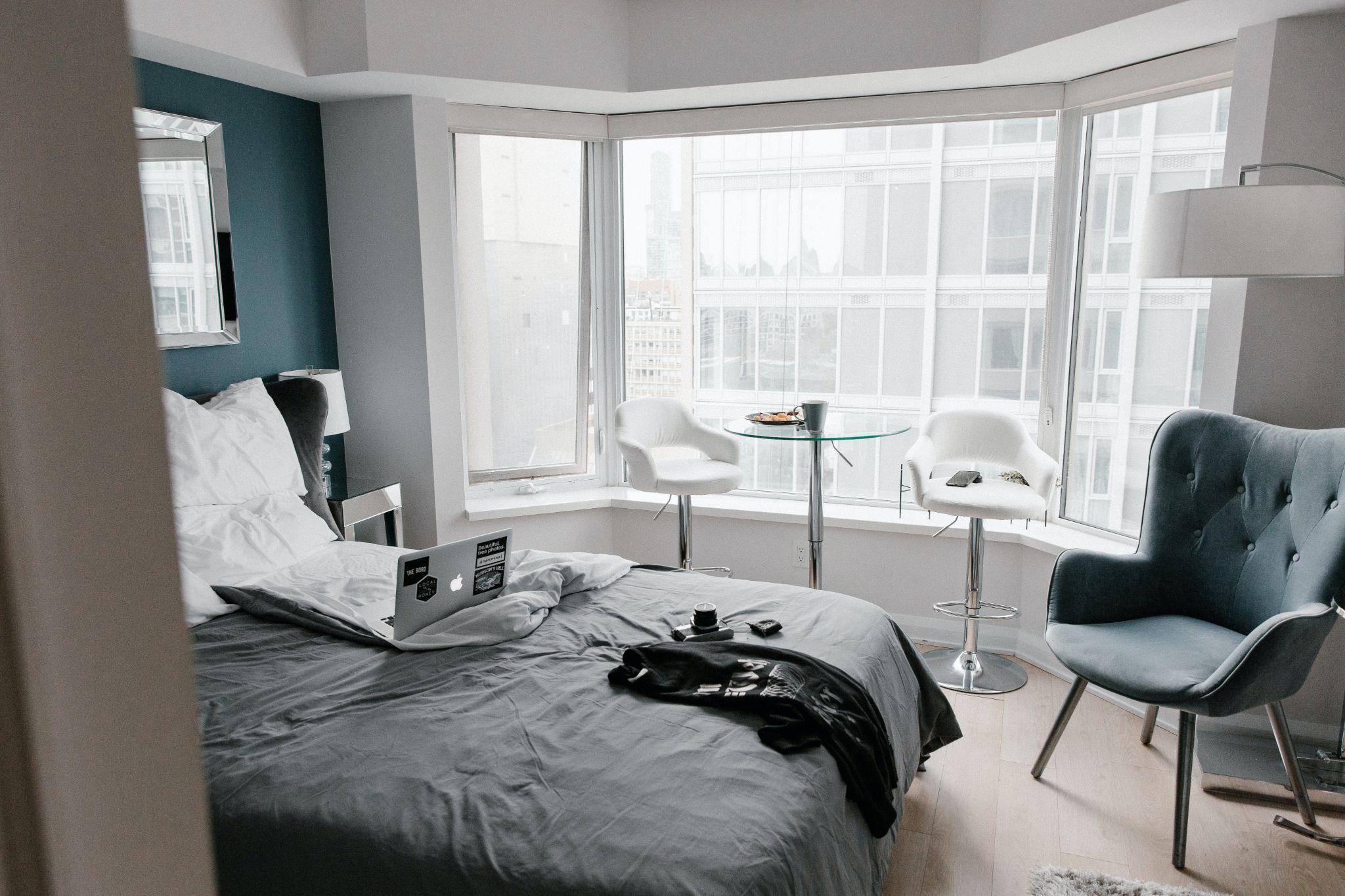You can choose from three main options when finding the right house: buying an existing home, building a new one, or renting. Each choice comes with its own set of advantages and drawbacks, and understanding these nuances can help you make an informed decision that aligns with your financial goals and lifestyle aspirations.
Assess Your Current and Future Needs
When signing a contract to build, buy, or rent a home, you should be acutely aware of your needs now and for the future. For example, someone working as a digital nomad might not need as permanent of a residence as an individual with a growing family.
Some of the most crucial aspects that will determine your next steps in your search for the right type of home include:
- Timeline: How soon you need or want to move in and how long you plan to stay;
- Budget: How much you can afford per month, how much you can set aside for renovations and down payments;
- Space: How much room you need for storage, family, pets, guests, work, cars, etc.;
- Aesthetics: Your preferred style and level of customization for exterior and interior design;
- Location: Where you need to be for a commute or lifestyle preferences;
- Lifestyle preferences: What amenities you need to enjoy your new space comfortably and safely.
Once you establish these needs, you can pick a home from there.
Building New Construction

Building a new home offers the chance to create a living space tailored to your exact needs and preferences. You will have to find a plot of land that is big enough for your needs and in a neighborhood or area that works with your lifestyle. You will also have to figure out the level at which you’d like to be involved with the construction itself.
Semi-custom Homes
Often, new construction can be achieved through the help of a residential construction company that has already purchased the land and offers customizable homes for purchase. You get to choose from a selected set of designs. The builder likely has a certain aesthetic, and you can choose lighting, flooring, and more to accentuate the out-of-the-box design.
Advantages
This can save you time and resources looking for construction companies and poring over an endless array of countertops, wood finishes, flooring, and more. You will still get to choose materials that best align with your style, but you won’t have to worry about the responsibility of ensuring proper plumbing, electrical wiring, zoning ordinances, and more. The company takes care of that for you, so this can be a great option for an individual or family with less time and money to spend on every single detail but still wants the accessibility of customization.
Drawbacks
However, these builds are often in communities built specifically for this type of home. This typically means you’ll have a shorter wait period to move in, but you’ll lose the ability to fine-tune your location. Consider that you will likely be moving into a neighborhood with similar-looking homes lining the streets.
Fully Custom Homes
If you want full autonomy over every single detail, a custom home may be the right choice for you.
Advantages
If you have the time and budget, fully customizing a home can be a good option for those who want to have control over every detail. If you value eco-friendliness, you can choose to work on a green custom build with sustainable construction materials. If you are an artist who wants to fully customize everything down to the way the sunlight peers through your studio windows, you can start from scratch. If you have accessibility needs, you can customize doorframes, showers, and appliances to make daily tasks easier and safer.
Drawbacks
You have to be aware that you will be quite hands-on in the building process. You will have to spend time and resources finding appropriate construction, electrical, plumbing, and design professionals if you aren’t able to do certain projects solo. The cost will also be higher and the build will likely take longer to achieve, so make sure to have somewhere to store your items in the interim.
Buying an Existing Home

Pre-built homes can range from brand-new to well-loved. Buying an existing home may be a good option for you if you want to stay in one place for a long period of time and have some savings to fall back on. Check out the housing market and work with a real estate agent in your area of choice to determine your budget.
Advantages
Existing homes have the potential to look less cookie-cutter than homes in a residential construction neighborhood. You can shop around for better deals and work with a real estate agent to save money. After purchasing a home, you then have the stability of a long-term residence without having to rely on landlords or companies for upkeep. You can also accrue value to your home with upgrades or market fluctuations if you plan on selling down the line.
Drawbacks
Older homes may require more maintenance and may require more renovation work down the line, which may worsen your own stress and overall health. Newer homes are likely more expensive, and all homes typically require some form of down payment and mortgage negotiation
Renting a Home

Renting your new home, apartment, or condo is a viable option for many lifestyles.
Advantages
Renting could be advantageous if you don’t plan to stay in one place for a long period of time or need to relocate quickly. It’s also cheaper to rent than own in the current housing market.
Drawbacks
When renting, you are often at the mercy of your landlord. Payments may increase, rules may be instated, and maintenance may not be able to be handled without contacting your landlord. This depends on the terms of your lease agreement. You will also have fewer customization options and often less room for storage.
Moving Out and Forward
Weigh all of your options carefully against the realistic boundaries that you set for yourself. Keep your mind open to alternate possibilities. You can even consider alternative options like living in an RV or a tiny home. Depending on your budget, lifestyle needs, and customization preferences, you can draft up the perfect housing situation for now and the foreseeable future.
